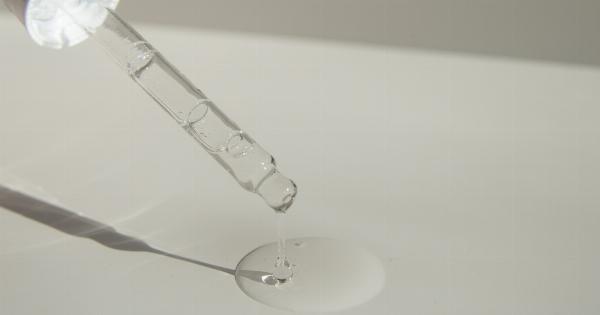Purebred dogs are dogs that come from specific breeds that have been developed over generations. They are dogs that have been bred for certain characteristics, such as size, temperament, and physical appearance.
A purebred dog’s pedigree refers to the lineage of the dog’s parents and ancestors. A pedigree provides valuable information about a dog’s breed, as well as its health and temperament.
What Is a Purebred Dog?
A purebred dog is a dog that comes from a specific breed. It has a documented pedigree that shows its lineage, and its traits conform to the breed standard.
Breed standards are guidelines that describe the ideal size, physical appearance, temperament, and behavior of a breed. They are used by breed clubs, kennel clubs, and dog shows to evaluate dogs and determine which ones best represent their breed.
Why Is a Purebred Dog’s Pedigree Important?
A purebred dog’s pedigree is important for several reasons. First, it provides valuable information about the dog’s breed, such as its history, characteristics, and temperament.
This information can help owners understand their dog’s needs and behavior, as well as make informed decisions about breeding and training.
Additionally, a pedigree can provide important health information about a dog. Certain breeds are prone to specific health problems, such as hip dysplasia in German Shepherds and heart disease in Cavalier King Charles Spaniels.
By examining a dog’s pedigree, owners and breeders can identify potential health risks and take steps to prevent or manage them.
Finally, a pedigree is important for breeders who are working to improve their breed.
By carefully selecting dogs with desirable traits and avoiding dogs with health or temperament issues, breeders can produce healthier, more predictable puppies that conform to the breed standard. This helps to maintain the integrity of the breed and ensures that it continues to thrive for generations to come.
How Is a Purebred Dog’s Pedigree Established?
A purebred dog’s pedigree is established through careful record-keeping by breeders and kennel clubs. When a litter of puppies is born, each puppy is given a birth certificate that identifies its parents and littermates.
As the puppy grows and develops, additional information is added to its pedigree, such as its show record, health screenings, and any offspring it produces.
The American Kennel Club (AKC) is one of the largest and most reputable kennel clubs in the world. It maintains a database of pedigrees for a wide variety of dog breeds and provides pedigree information to breeders and owners upon request.
Other kennel clubs, such as the United Kennel Club (UKC) and the Canadian Kennel Club (CKC), also maintain pedigrees for their registered breeds.
What Should You Look for in a Purebred Dog’s Pedigree?
When examining a purebred dog’s pedigree, there are several things to look for. First, you should look for evidence that the dog comes from a reputable breeder who is committed to producing healthy, high-quality puppies.
This may include information about health screenings, genetic testing, and the breeder’s show record.
You should also look for evidence that the dog’s parents and ancestors conform to the breed standard. This may include information about their show records, their physical appearance, and their temperament.
Additionally, you should look for evidence that the dog’s ancestors are free of any serious health problems or genetic disorders that are common in the breed.
Finally, you should look for evidence that the dog’s pedigree is well-documented and accurate. This may include information about the dog’s littermates, its date of birth, and its registration with a reputable kennel club.
Are Purebred Dogs Healthier Than Mixed Breed Dogs?
There is no simple answer to this question. While it is true that certain breeds are prone to specific health problems, that does not mean that all purebred dogs are unhealthy.
Additionally, while mixed breed dogs may be less likely to develop breed-specific health problems, they may still be susceptible to other health issues.
Ultimately, the health of a dog depends on many factors, including its genetics, its environment, and the quality of care it receives from its owner.
While a purebred dog’s pedigree can provide valuable information about its health and temperament, it is not a guarantee of good health. Similarly, while mixed breed dogs may be less prone to breed-specific health problems, they may still require regular veterinary care to stay healthy.
Conclusion
In conclusion, a purebred dog’s pedigree is an important piece of information that can provide valuable insight into the dog’s breed, health, and temperament.
While it is not a guarantee of good health, a well-documented and accurate pedigree can help owners and breeders make informed decisions about breeding, training, and healthcare. By understanding the importance of a purebred dog’s pedigree, owners and breeders can work together to ensure that their dogs are happy, healthy, and thriving.



























